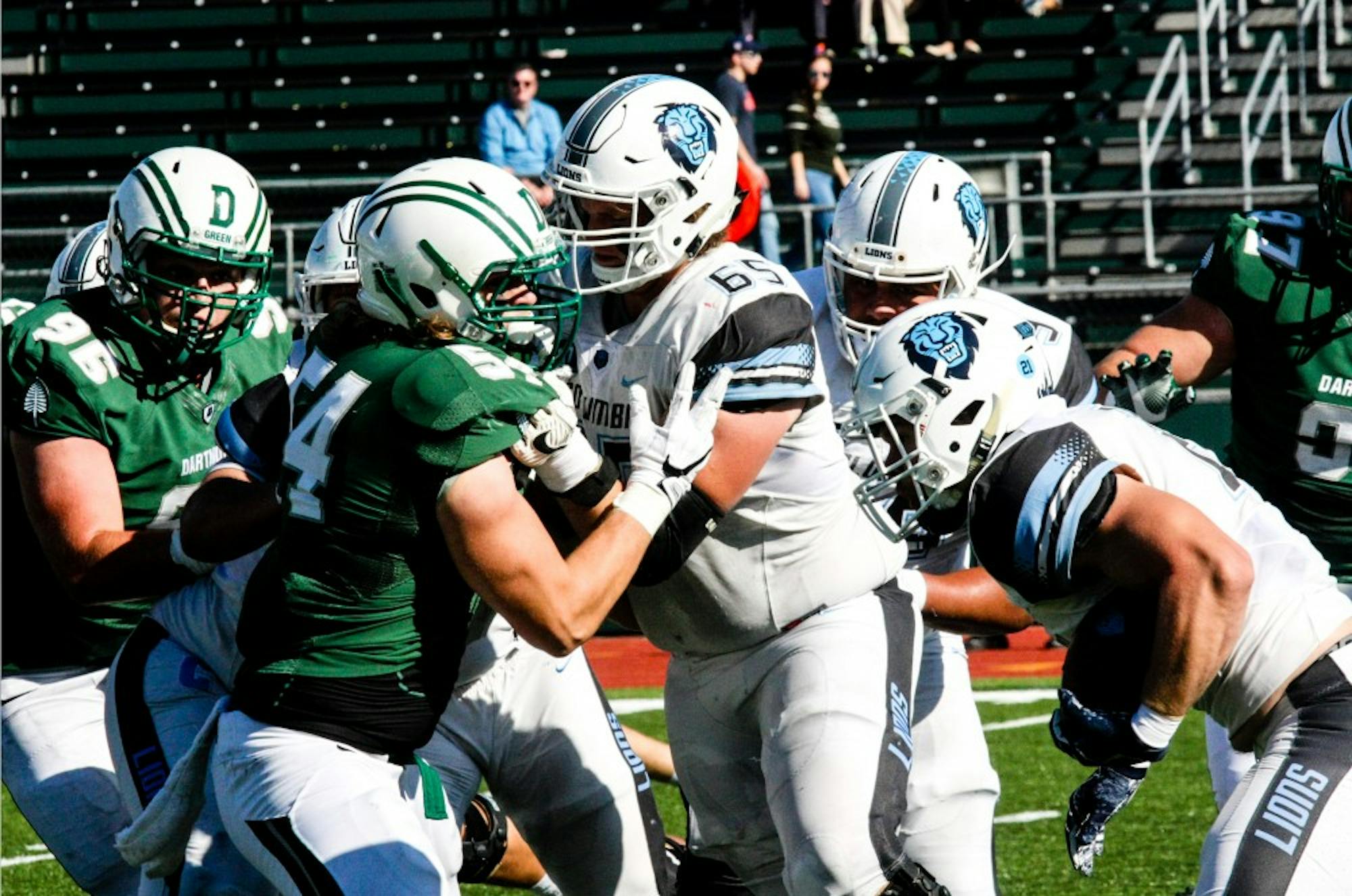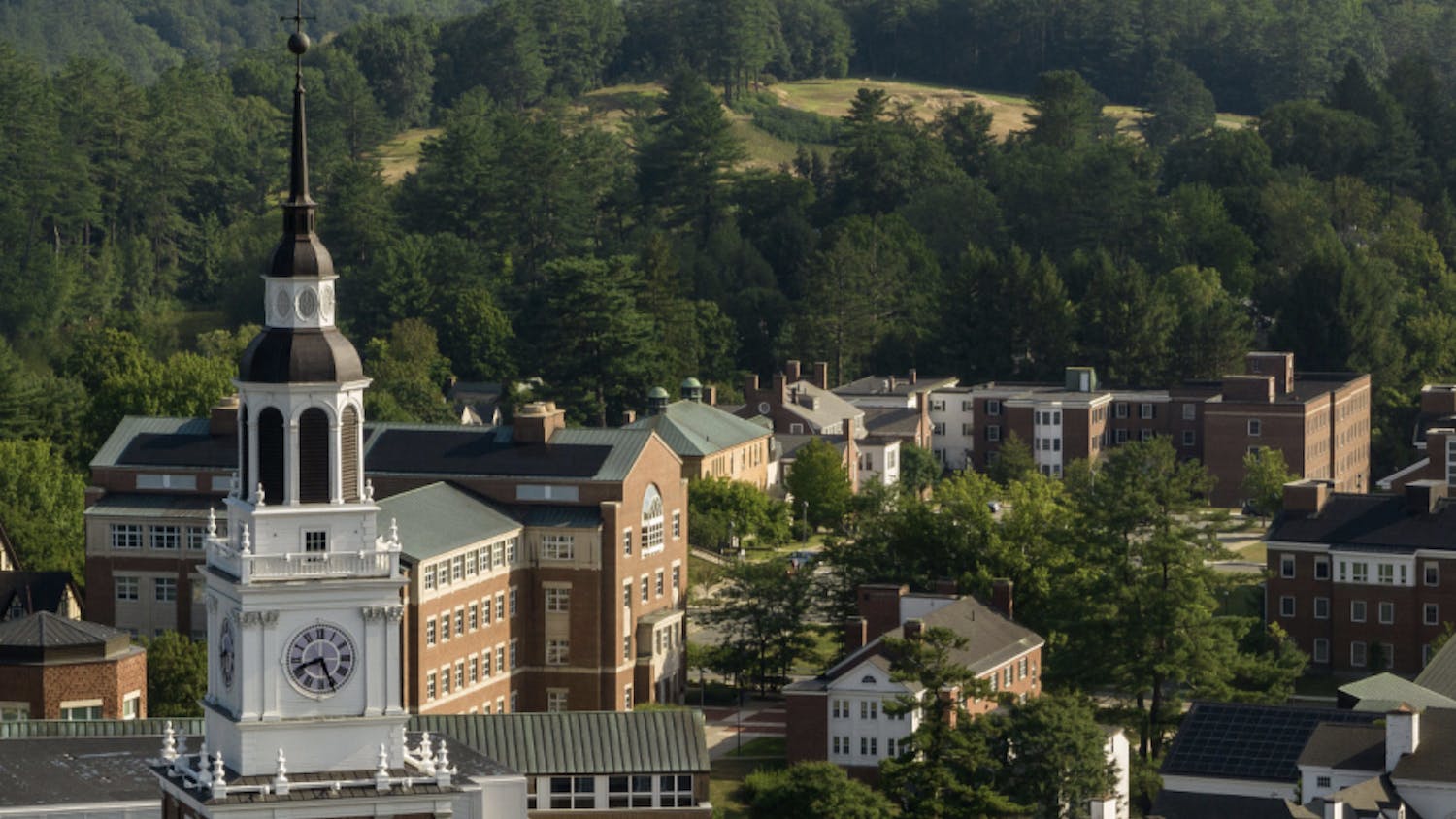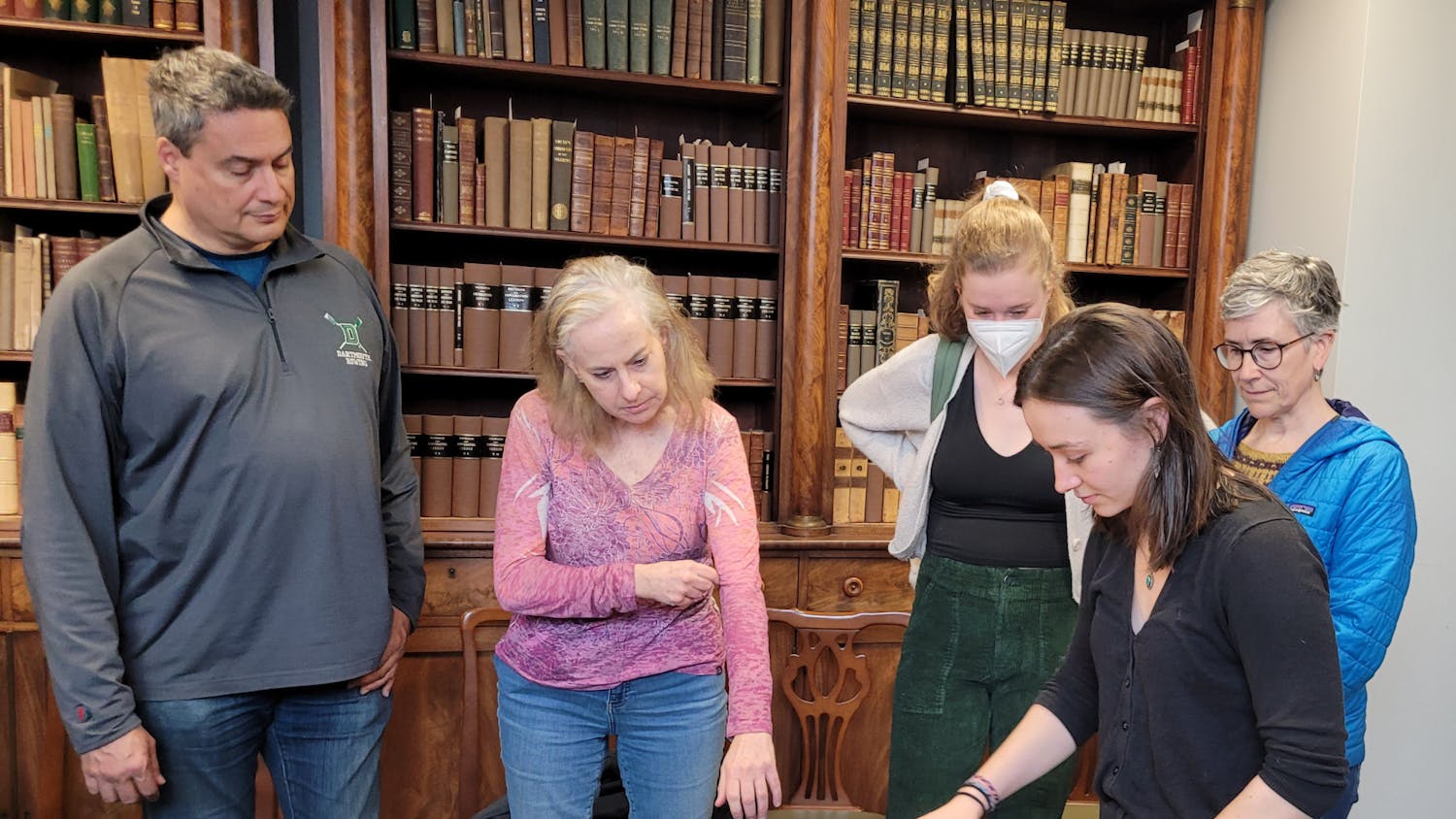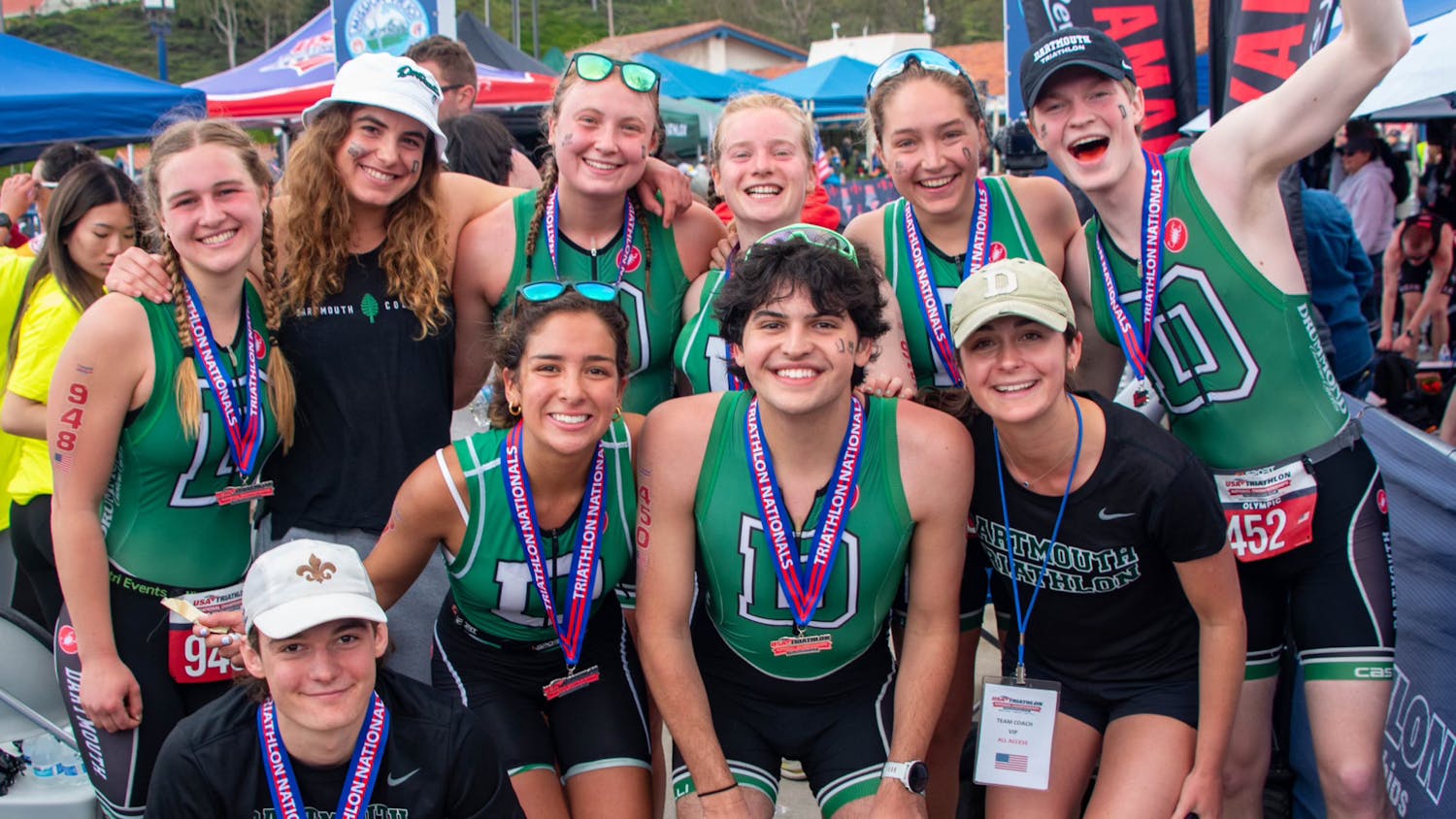We often equate sports rivalries with divide; they can create tension between teams and incite conflict among fans. But in the context of the Dartmouth community, divide seems to be a source of unity for the athletes and fans alike.
Logan Adams ’21, a member of the baseball team, identified Yale University as “[the team’s] biggest rival in the Ivy League.”Adams suggests that the rivalry with Yale thrives on uncertainty.
“We’re two of the oldest Ivy League teams of the baseball program, so we’ve always had a lot of competition,” he said. “It’s been back and forth. They’ll win one year, we’ll win the next year.”
It’s the “back-and-forth” nature of the games against Yale that paves the way for uncertainty and keeps the baseball athletes on the edge of their seats — hearts pounding, heads reeling — because though they don’t know who will win, they know with abiding certainty that both teams have the potential to win. Just like that, a rivalry emerges.
This rivalry, Adams explained, looms over them during training.
“[The rivalry] definitely makes you want to train and practice a whole lot harder,” Adams said. “So if we know we have a weekend series against Yale, that whole week that’s the only thing we have our mindset on.”
Adams believes that the rivalry with Yale has strengthened bonds between team members in a way that no amount of practice or group dinners ever can.
“We get close through practices and whatever, but if you have these big rivalry games, that definitely brings you a whole lot closer with your teammates,” he said.
Perhaps this phenomenon finds its origins in the human need to belong. Social identity theory posits that all of us, regardless of race or culture, are predisposed since birth to an ingroup-outgroup conception of the world — we unwittingly seek out and assimilate into “ingroups” whose standards and values in turn shape us. Since we derive identity from our ingroup, we tend to treat outgroup members, or anyone not in our ingroup, with a certain degree of hostility. Yet, ingroups cannot exist in the absence of outgroups, because the first step in identifying who we are is defining who we are not, so the outgroup reinforces our membership.
We can look at the Dartmouth-Yale rivalry through the perspective of the ingroup-outgroup construct. As the outgroup, the Yale team reminds Adams and his teammates that they are not merely baseball players, but baseball players for Dartmouth. Team dinners may foster emotional intimacy, training may encourage teamwork and collaboration, but the rivalry with Yale creates a shared identity.
This is particularly visible in sports that are more individualistic in nature. Gilbert Jaeger ’21, a member of the men’s tennis team, did not specify any one rival school but considers Columbia University as the most “intense” adversary.
“They are a very strong team and there is always a lot of tension during the match against Columbia,” he said.
Despite this tension Jaeger observes that the rivalry inherent to any tennis competition unifies his team despite the relatively individualistic nature of the sport.
“It doesn’t matter if you play a team match, every player has a spot in the team,” he said. “You [cheer] your teammates [on], you play as a team.”
Mikaela O’Brien ’21, an alpine skier for the ski team, expresses a similar sentiment. She cannot identify one specific rival school either, claiming instead that their rivalries “are pretty much [with] most schools in general.”
But these rivalries, though general, nonetheless unify the team even though the girls not only compete with each other for a spot on the competing team but are also ranked individually in the competitions themselves.
“We’re 12 girls on the team and only six go to each carnival [NCAA races],”O’Brien said. “But even those who don’t go to the carnivals are always checking online results and trying to see how many of the top 10 spots we got.”
In her eyes, this brings the team together and encourages them to cheer each other on.
For Jaeger and O’Brien, sports rivalries bridged the divide between members of their own team, transforming a traditionally individualistic sport into an impenetrable community.
However, the community that takes root in sports rivalries extends beyond the sports teams; to also influence fans.
Justin Kramer ’21 tries to attend every athletic competition at Dartmouth and believes that sports rivalries have brought him closer to people he would have otherwise hesitated to approach.
“I remember during the football season [the team] had some huge comebacks,” Kramer said. “I was just walking outside high-fiving random people that I didn’t know and we were all just super excited.”
The high-fives and the shared excitement are emotional manifestations of a unity that transcends cultural and ethnic differences; a unity based solely on people’s identification with one team and friendly rejection of another. In this manner, the Dartmouth fans coalesce into one giant ingroup, however fleeting or imaginary it might be.
It is then no surprise that we can discern Dartmouth fans from hundreds of meters away. As Kramer observed, at Dartmouth sporting games most are dressed in “Big Green colors.”
Green. The color of Dartmouth, and, more importantly, the medium by which fans showcase their membership in the “Dartmouth ingroup” and, by implication, a new community.
Fortunately, sports rivalries at Dartmouth rarely border on feuds.
“This is a good, healthy rivalry,” Adams said. “There’ll be some friendly making fun of each other leading up to games, but it’s all in good fun ... and there’s not harm wanted towards anyone.”
Even in his role as a sports fan, Kramer agrees that the rivalries are intense but friendly.
“If you’re at a Dartmouth game and you see a Harvard [University] fan you give them a little glare,” Kramer said. “But I think we know that at the end of the day whichever team wins or loses, it’s going to be a fun game to watch.”
In a world rife with conflicts, this is precisely what we need: a stimulus that creates community without instigating conflict. Sports rivalries at Dartmouth are one such stimulus.
Kramer is a member of The Dartmouth staff.




